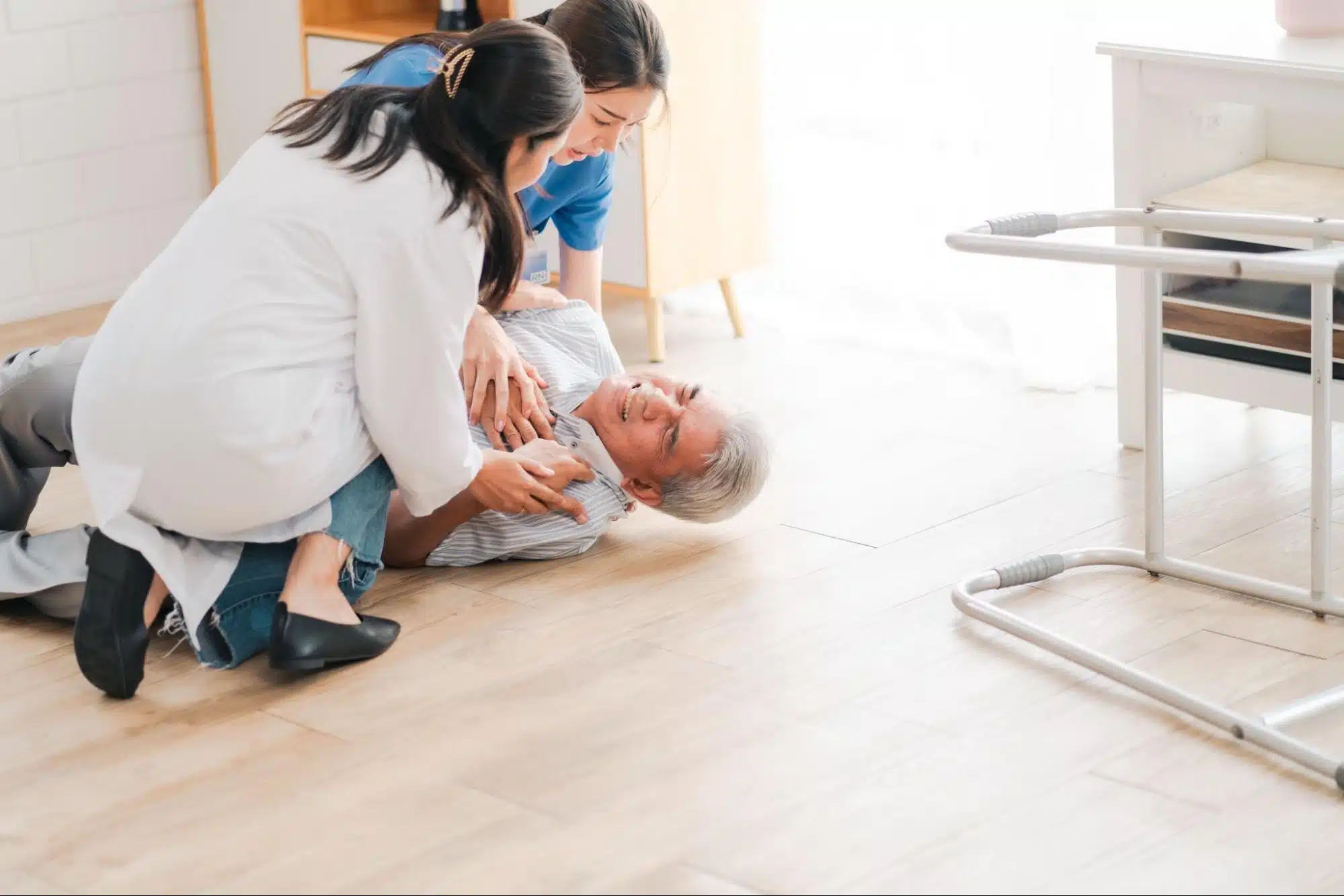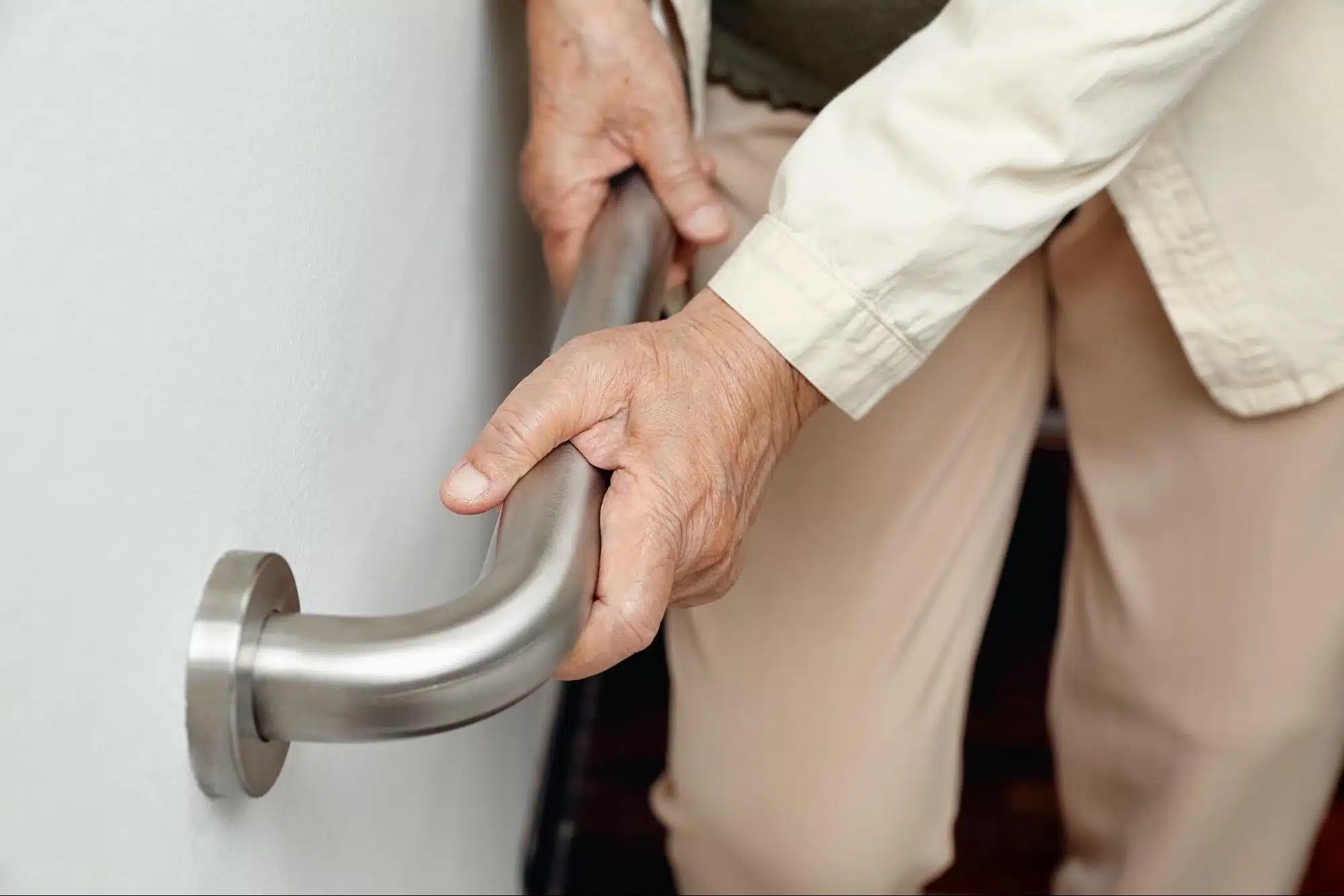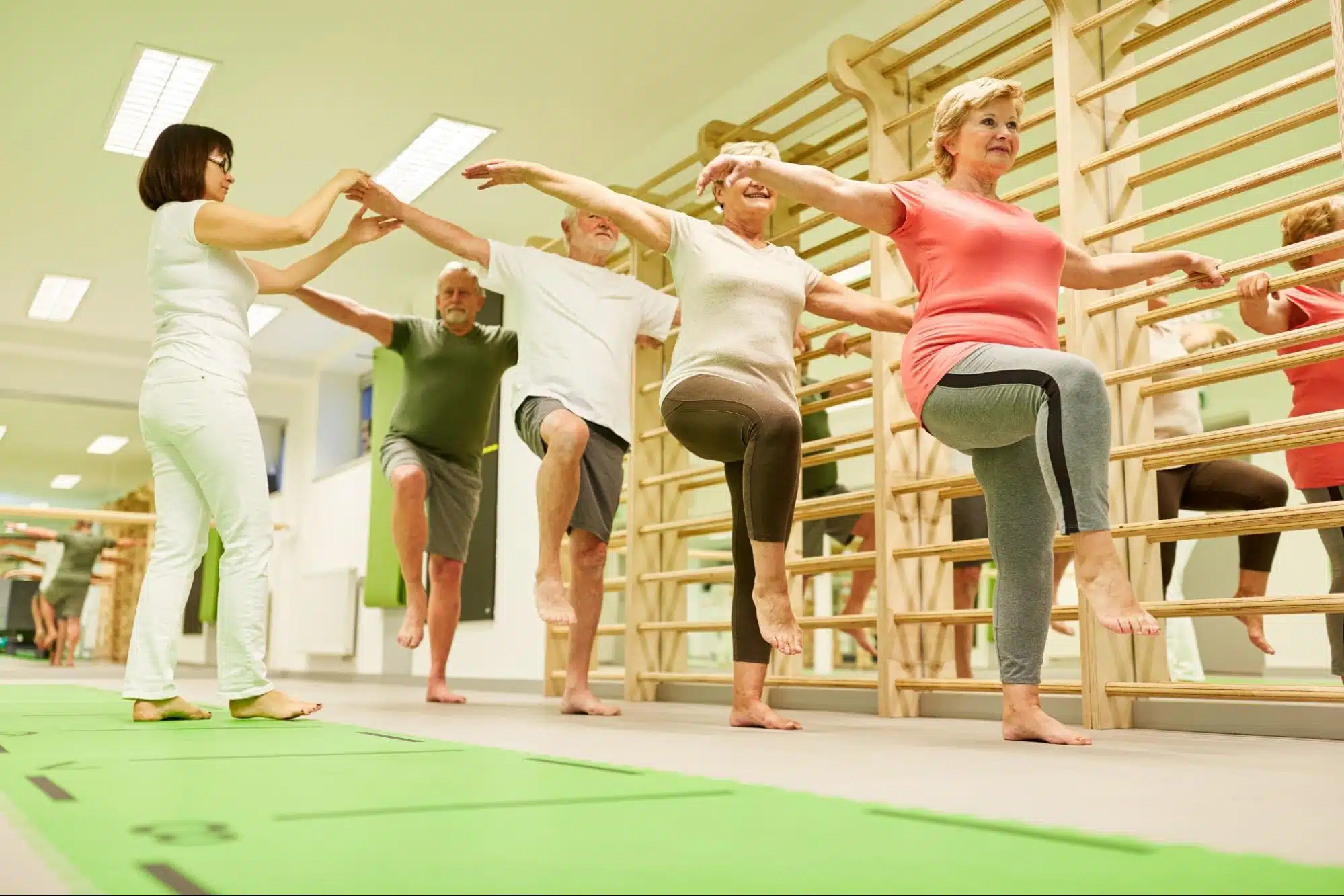According to Statistics Canada, one-third of older adults experience a fall each year. As we age, this staggering number could impact us as risks increase due to factors like reduced mobility, poor vision, and side effects from medication. Preventing these falls is crucial for maintaining independence and quality of life.
Fortunately, elderly fall prevention is achievable through practical steps that can help keep older adults safe in their homes and communities. By making small adjustments and staying informed, we can reduce the risk of slip and fall accidents and create a safer environment for everyone.
Disclaimer: Don’t disregard professional medical advice, or delay seeking it, because of what you read here. This information is not intended as a substitute for professional consultation, diagnosis, or treatment; it is provided “as is” without any representations or warranties, express or implied. Always consult a healthcare provider if you have specific questions about any medical matter.
Understanding the Risks
Falls among older adults are not just a minor inconvenience—they can lead to severe injury, hospitalization, and even a permanent loss of independence. In fact, falls are one of the leading causes of injury-related hospital admissions for seniors. As we age, several factors can increase the risk of slip and fall accidents, making it essential to be aware of the dangers and take preventive action.
- Reduced mobility is a common issue for seniors, as weakening muscles and joint problems make movement more difficult.
- Poor vision, often associated with aging, also contributes to fall risks, as it becomes harder to see obstacles or navigate spaces safely.
- Some medications can have side effects such as dizziness, drowsiness, or balance issues, all of which can increase the likelihood of a fall.
Recognizing these risks is the first step in preventing accidents. By addressing mobility challenges, vision impairment, and medication management, you can significantly reduce the chance of falling. Making small, simple changes in the home environment and daily routines can also minimize risks, helping older adults maintain their independence and safety.
For more information on identifying fall risks, check out our detailed fall prevention guide.
Practical Prevention Tips
Implementing a few practical tips can make a big difference in preventing falls. By making adjustments to both your living environment and your daily habits, you can reduce the risk of a fall and protect your health.
Here are five actionable tips for fall prevention that can be easily incorporated into daily life:
- Keep Pathways Clear: Clutter is one of the most common causes of falls in the home. Keep walkways clear of items like loose cords, furniture, and throw rugs. Ensure that frequently used spaces, such as hallways and stairways, are free of obstacles that could cause tripping.
- Improve Lighting: Proper lighting is essential for preventing falls, especially in areas such as stairwells, hallways, and entrances. Replace dim bulbs with brighter ones and consider installing motion-sensor lights in key areas to ensure that older adults can move around safely, even at night.
- Wear Proper Footwear: Footwear plays a significant role in preventing falls. Older adults should wear shoes with non-slip soles and good arch support, avoiding loose-fitting slippers or high heels. Non-slip socks are another excellent option for added stability at home.
- Exercise Regularly: Engaging in regular exercise is one of the most effective ways to prevent falls. Exercises such as walking, yoga, or tai chi help strengthen leg muscles, improve balance, and enhance coordination. Consult a healthcare provider before starting any new exercise routine, especially if mobility is already an issue.
- Stay Hydrated: Dehydration can lead to dizziness, which increases the risk of falls. Drinking water throughout the day is crucial for maintaining balance and coordination. Encourage older adults to drink regularly, even if they don’t feel thirsty.
By incorporating these tips into daily routines, older adults can create a safer living environment and reduce the likelihood of falls. Both indoor and outdoor spaces should be optimized for safety, ensuring that all high-risk areas are addressed.
Using Safety Devices
Sometimes, even the most careful prevention measures need an extra layer of support. This is where assistive devices come into play, offering additional stability and security for older adults at risk of falling. Many of these devices are simple to install and use but can make a world of difference in preventing accidents.
Consider using the following safety devices:
- Handrails and Grab Bars: These should be installed in high-risk areas, such as stairways, bathrooms, and next to beds. Handrails and grab bars provide support and balance when navigating tricky areas like steps or getting in and out of the shower.
- Non-Slip Mats: Bathrooms and kitchens are high-risk areas due to the presence of water. Non-slip mats in the bathtub, shower, and near the sink can help prevent slipping on wet surfaces.
- Walkers or Canes: For older adults with mobility issues, a walker or cane provides much-needed stability, especially on uneven surfaces or in unfamiliar environments. Ensure that the device is properly fitted and used correctly for maximum effectiveness.
- Personal Alarm Systems: In case of a fall, immediate help can make a big difference. Lifeline Canada offers multiple medical alert systems that allow older adults to call for assistance with the press of a button. These systems provide peace of mind to both the user and their caregivers, knowing help is always available if needed. Safety devices are a valuable addition to any fall prevention plan, especially for those who live alone or have existing health conditions.
Additional Resources
Preventing falls is an ongoing process that involves a combination of education, proactive measures, and support from the right resources. Lifeline Canada offers a variety of fall prevention solutions tailored to the needs of older adults. These services can provide peace of mind by offering 24/7 monitoring and emergency response capabilities.
In addition to our articles and posts, there are many external resources available to help older adults and their caregivers stay informed about the latest fall prevention strategies. Programs like fall prevention workshops, physical therapy sessions, and community safety audits offer excellent guidance on maintaining a fall-free environment. By tapping into these resources, you can ensure that fall prevention becomes a lifelong commitment, allowing older adults to maintain their independence and quality of life.
For more information, explore our range of fall prevention services or visit trusted external resources like the Government of Canada’s Guide to Home Safety for Seniors.
Stepping Into a Safer Future
Preventing falls doesn’t have to involve drastic lifestyle changes. Simple adjustments, such as improving lighting, clearing clutter, or installing grab bars, can make a significant difference in reducing risks. Regular exercise to maintain strength and balance, combined with wearing proper footwear and staying hydrated, are key strategies that fit seamlessly into daily life. Staying informed about the latest fall prevention techniques and utilizing assistive devices like personal alarms can offer extra security and peace of mind.
By being proactive and making these small changes, older adults can not only prevent falls but also maintain and be confident in their independence. With a little planning and the right support, you can help create a safer, more secure future—one step at a time. And remember, Lifeline Canada is here to provide medical alert devices you need to stay safe at home and on the go, so don’t be afraid to reach out if you have any questions!
What You Should Do Now:
Here are 5 ways we can help you or your loved one live safer and more independently at home as long as possible:
- Get our latest tips, tools and resources straight to your inbox. Sign up for our monthly newsletter.
- Not sure if the time is right for a medical alert service? Take this quick assessment to find out.
- If you would like to learn how to live a healthier and safer lifestyle, go to our blog or visit our resources section, where you can read and download guides.
- Wondering which medical alert system company is the best for your needs? We’ve put together a guide comparing the best medical alert systems for you.




